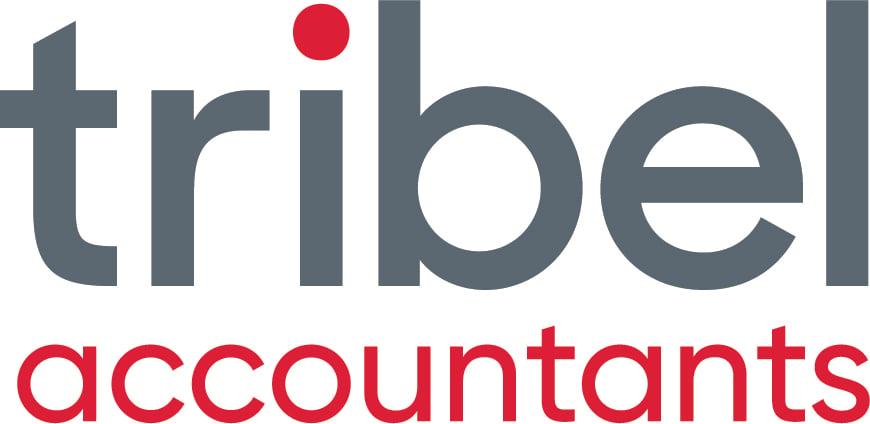INTRODUCTION
The title to this blog is a little misleading because as an accountant and business advisor, it's very important that I analyse the balance sheet and profit and loss statement so I can explain to my clients where the cash is. Every business owner who receives a set of financial statements from their accountants and business advisors should be shown where their cash is and its relationship to profit.
If you don't receive this sort of advice, how then can you figure this out?

Figure 1: If you look hard enough you can find what's happened to your cash and what to do about it
Photo courtesy of Lara Scolari Gallery Balmain
1. take the difference between this year and last year
As a general rule, your net asset position should increase by the profit minus any drawings or dividends you may have taken during the year.
Grab your balance sheet and note the increase or decreases in your assets and liabilities.
For example, you have a look at your balance sheet and you note that cash at bank has decreased by $60,000 this year.
Further analysis shows that your trade debtors have increased by $30,000 and your stock by $20,000.
Trade creditors have increased by $40,000 but you note that your bank loans have dropped by $25,000.
You took a dividend of $35,000 during the year over and above your salary which is in the profit and loss statement.
You made a profit of $10,000 for the year so why has your cash dropped by $60,000?
2. assets that have increased
Any assets that have increased since the previous 30 June means that some have not been turned into cash yet. If your debtors have increased by say $30,000 and your stock has increased by $20,000 then that's where you have $50,000 of tied up which is not sitting in your bank account.
3. assets that have decreased
Similarly, if your assets have decreased, then you have managed to convert some of these to cash. It's possible though that you may have used some of this to pay back debt (refer below).
4. liabilities that have increased
If any of your liabilities have increased, this is a way that you have managed to increase your cash flow for that item. You may have for example received more credit from your suppliers which in this example is $40,000 more than last year.
Figure 2 No cash means more stress! It's like losing a grand final in golden point.
5. liabilities that have decreased
If your liabilities have decreased, then this is where you have aloacted some cash to pay them - in this case $25,000 was paid off bank debt.
6. look at drawings/dividends
How much have you taken this year over and above your salary? This has an affect on your cash flow regardless of any profit or loss you may have had. In this example you have taken $35,000 during the year.

Figure 3 Analyse your numbers and your ship will come in
7. work out what's happened and how you can improve cash flow
We have made a profit of $10,000 so why has the bank dropped by $60,000?
Well, Debtors and Stock have increased by $50,000 so currently you are sitting out -$40,000 in cash after profit.
No assets have decreased apart from cash so nothing to add there.
You have gotten an extra $40,000 from suppliers owing as at 30 June compared to last year so your bank account should therefore be now sitting at $nil.
However, you paid back $25,000 off your loan and you took $35,000 in drawings meaning that your overall cash balance has dropped by $60,000.
Can you see how this was all calculated and why the profit of $10,000 does not mean automatically that you should have an extra $10,000 in the bank compared to last year?
Now if you could find a way to decrease your assets other than cash more quickly and increase your liabilities without decreasing your profit then you will not only have improved your net asset position but you will have more cash. More cash means that you can do more things in business to make more profit particularly if it is spent the right way. You might even decide to save some interest and pay off more debt.
More cash = less stress!
Look at your key performance indicators and check things like debtor days for the year. How much extra cash would be in the bank if they were lower by say 5 days?
8. perform cash flow forecasts
As part of any business planning, perform a cash flow forecast. We always recommend 3 way budgets which can be awesome when assessing any business growth strategy.
Make sure you do 'what-if' scenarios with profit and cash. Pick the scenario you would like to hit and then break it down into smaller action points to improve both profit and cash!
CONCLUSION:
Whilst the above might seem difficult to comprehend, analyse some of the suggestions and quiz your accountant if you don't understand the numbers given to you at year end.
If you don't understand your numbers, how are you going to have a business plan that helps you reach your goal whether it be a higher business valuation and/or higher profit? Once you have a good handle on how all this works, unleash the power of cash and go hard!
Your family, your bank manager, your business partners and most importantly your own sanity will love you for it.


.png?width=100&height=100&name=COVID_Safe_Badge_Digital%20(002).png)



